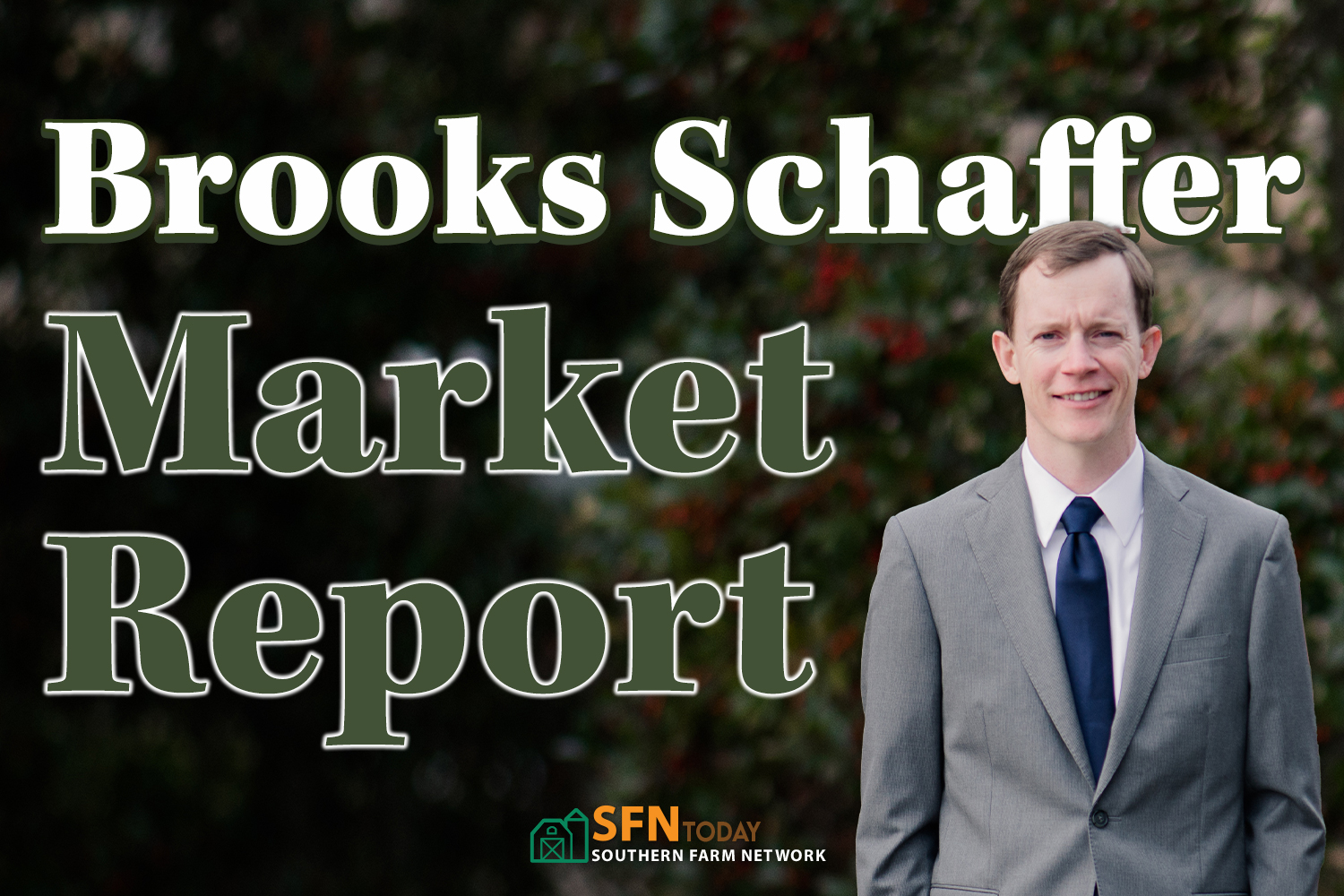Soybeans led the way higher on Monday after Trump tweeted that China needs to buy some soybeans from the U.S. We do not have a sale that we know of yet. A tweet is all that it took. The market has been getting really worried about the lack of Chinese purchases because, historically, they are committing to buying new crop beans from us this time of year. So far, we have had no purchases by China. We have been increasing domestic production to offset the reduction in Chinese purchases over the last few years, but we have not replaced it all. It all boils down to: if China buys beans from us, we could be very tight on beans. But if they buy none from us, we are going to have too many. So far, we have had no purchases, and most traders believe they have their needs covered through at least October. The market is looking for any sign of good news. The implication of the tweet coming right before the tariff deadline was that we would see some purchases. Even if they are small, the market will probably see more of a bounce. If we see no follow-through, soybeans are going to continue to struggle to gain any traction.
We saw at least a little bit of strength last week, but closed off the lows on Friday, which did not help the bull case for a key reversal. There was also positioning for today’s USDA report that comes out at noon. The market is looking for USDA to peg corn yield at 184.2, which is up from their trendline estimate of 181. We have seen private estimates of yield as high as the upper 180s. USDA has a history of overestimating yield in the August report, and we hope that is the case this year and we can get it priced in. The average estimate for corn carryout is 1.930 billion bushels. For soybeans, the average guess for USDA’s yield is 52.9, compared to their trendline estimate of 52.5. The market is looking for a soybean carryout number of around 358 million bushels, which is 48 million bushels higher than their July estimate. This would be very similar to last year’s carryout.
USDA will use mostly survey data, with satellite data only playing a supporting role. The NDVI data is literally off the chart in some of the growing regions of the U.S. Satellite data does not tell the whole story, but it is giving fuel to the bearish story the funds have been reading the whole growing season. Condition ratings came out Monday afternoon, and USDA rated the corn crop at 72% good/excellent. That is only a point lower than last week and right in line with expectations. That compares to 67% last year this week and is the highest in nine years. Soybean conditions also dropped a point from last week to 68% good/excellent, which was right in line with expectations. That is the same rating we saw this week last year and is the second best in the last nine years. The market is watching weather, but that window is closing. We will trade the new USDA numbers and look for demand, especially from China going forward.
